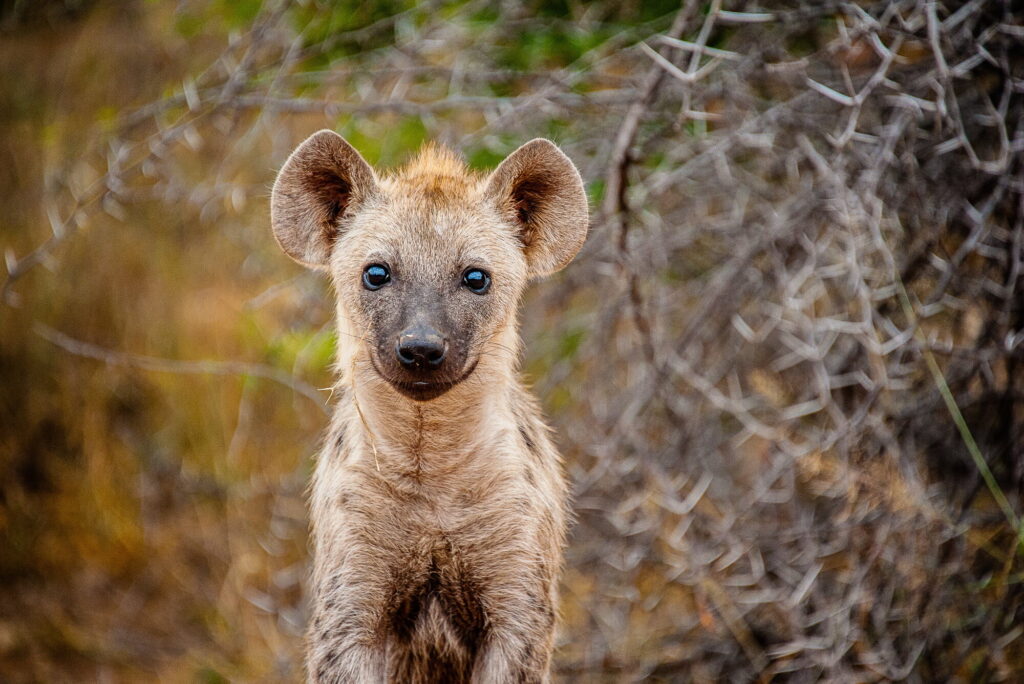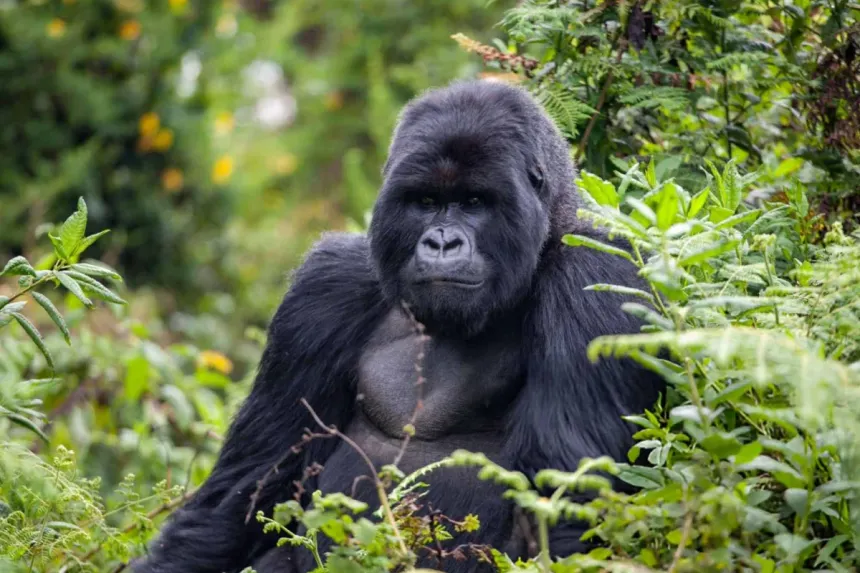20 Interesting & Surprising Facts About Hyenas

Here are 20 interesting and surprising facts about hyenas, the misunderstood predators of Africa and Asia. Often seen as scavengers, hyenas are actually intelligent, social, and powerful carnivores with complex behaviors and a unique place in the animal kingdom.
🐾 20 Fascinating Facts About Hyenas
- Hyenas aren’t dogs or cats
Hyenas belong to their own family called Hyaenidae and are more closely related to cats (Feliformia) than to dogs. - There are four species of hyenas
These include the spotted hyena, striped hyena, brown hyena, and the rarely seen aardwolf, which mostly eats termites. - Spotted hyenas are the largest and most social
They live in clans of up to 80 members, led by a dominant female — a rare trait in mammals. - Females are larger and more dominant than males
In spotted hyena clans, females outrank all males, and their social hierarchy is inherited by their daughters. - Hyenas have extremely strong jaws
Spotted hyenas can crush bones with a bite force of over 1,100 psi (pounds per square inch) — stronger than most big cats. - They’re excellent hunters, not just scavengers
Spotted hyenas hunt up to 80% of their food, often chasing prey in teams and running at speeds of up to 60 km/h (37 mph). - Their “laugh” is a form of communication
The high-pitched giggling sound is used to signal stress, submission, or excitement, and helps hyenas coordinate during hunts. - They have a matriarchal society
In hyena clans, females rule the group, control mating choices, and have first access to food. - Hyenas are intelligent problem solvers
Studies have shown hyenas use teamwork and planning to solve puzzles — sometimes outperforming chimpanzees. - Hyena cubs are born with teeth
Unlike most carnivores, baby hyenas are born with fully erupted teeth and open eyes, ready to compete — sometimes aggressively. - They have complex vocal language
Hyenas make whoops, groans, growls, giggles, and yells to communicate with each other across distances. - They can digest bones and horns
Hyenas have highly acidic stomachs that allow them to digest entire animal carcasses, including bones, hooves, and hides. - They mark territory with “paste”
Hyenas use a smelly substance produced by their anal glands to mark territory, known as pastings. - Their poop is white
Due to their calcium-rich diet (from consuming bones), hyena feces are often chalky white. - Striped and brown hyenas are more solitary
Unlike spotted hyenas, striped and brown hyenas live alone or in small groups, and rely more on scavenging. - They have false penises
Female spotted hyenas have enlarged clitorises that closely resemble male genitalia, making sexes hard to distinguish. - Hyenas play an important ecological role
By consuming carcasses, they clean the environment and limit disease spread. - They can travel long distances
Hyenas are built for endurance and may roam up to 40 kilometers (25 miles) in a night. - They’re culturally significant
In many African cultures, hyenas appear in myths and folklore, often as symbols of mischief or witchcraft.

They are threatened in some areas
While spotted hyenas are widespread, striped and brown hyenas are near threatened due to habitat loss and human conflict.



